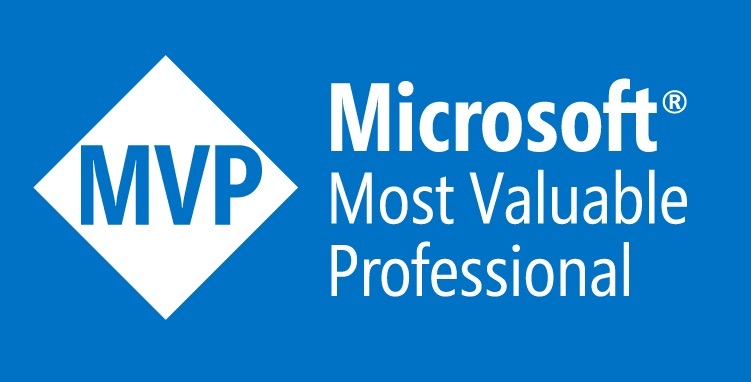Some time ago, without much fanfare, a very interesting update to the Copy Activity operation within Azure Data Factory appeared. Specifically, it’s about the fact that this activity can now not only simply insert data but also compare it with the target table and, if necessary, insert new rows or update existing ones, i.e., perform […]
Latest Posts
Elevate your Databricks development workflow with SHALLOW CLONE
In this post, I would like to present how the SHALLOW CLONE functionality can be utilized to streamline your development process by accelerating the creation of dedicated development environments and enabling comprehensive data testing in your CI/CD pipeline. One more time, what exactly is SHALLOW CLONE? Let’s start with a quick recap of Delta Lake […]
Executing Databricks custom query from Azure Data Factory
Today, we’re going to talk about using Azure Data Factory to run a custom query in Databricks. Why we need dedicated article about it? Well, Azure Data Factory helps us move and change data and in some scenarios Databricks can be treated as a source from which we want to move data. When we use […]
Run multiple notebooks in parallel using runMultiple in Microsoft Fabric
Orchestration is about organizing and controlling many computer systems, apps, and/or services, linking together many tasks to carry out a bigger workflow or process. These processes can have many tasks that are automated and can include many systems. The aim of orchestration is to make regular, repeatable processes run smoother and faster, helping data teams […]







Last comments